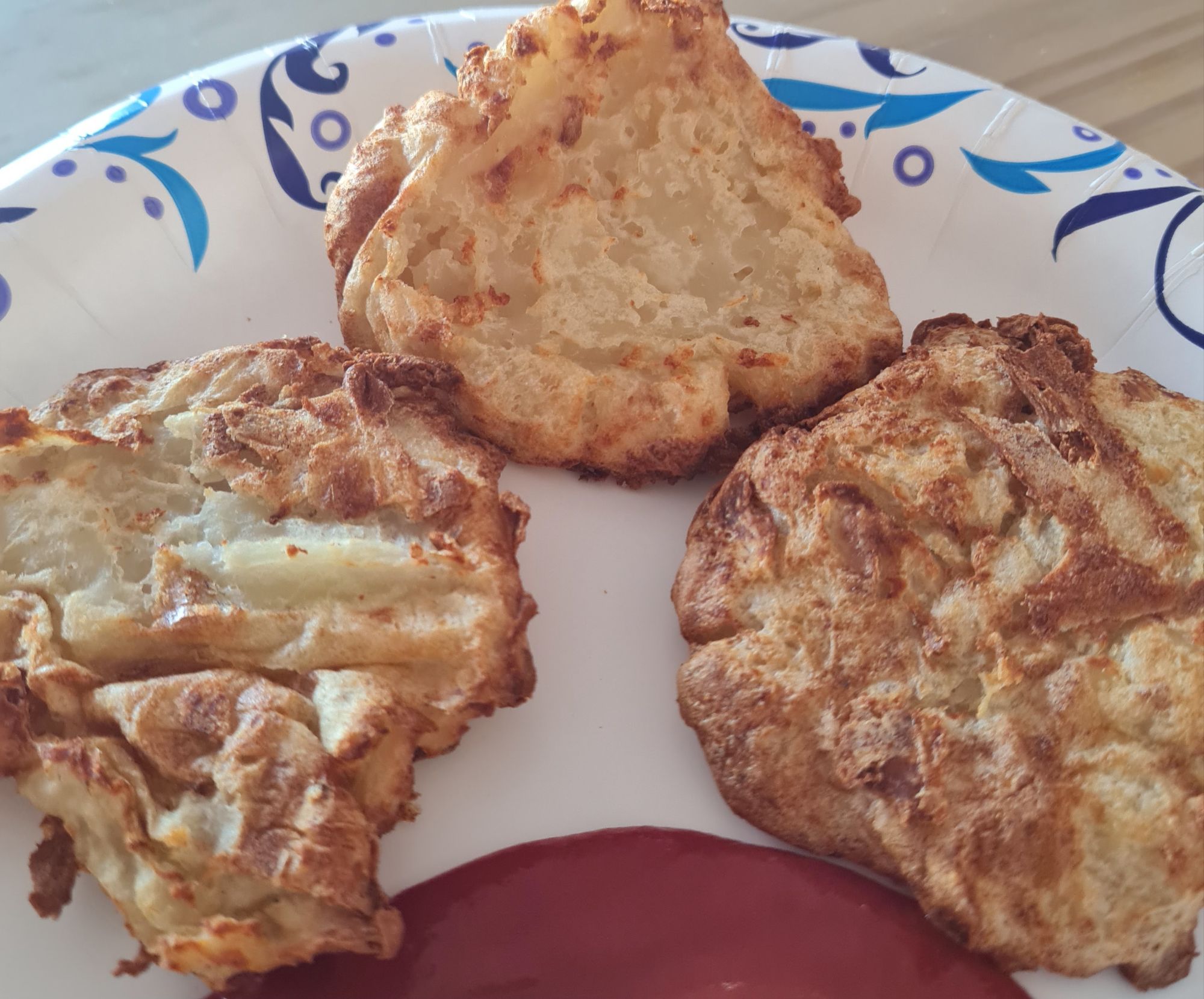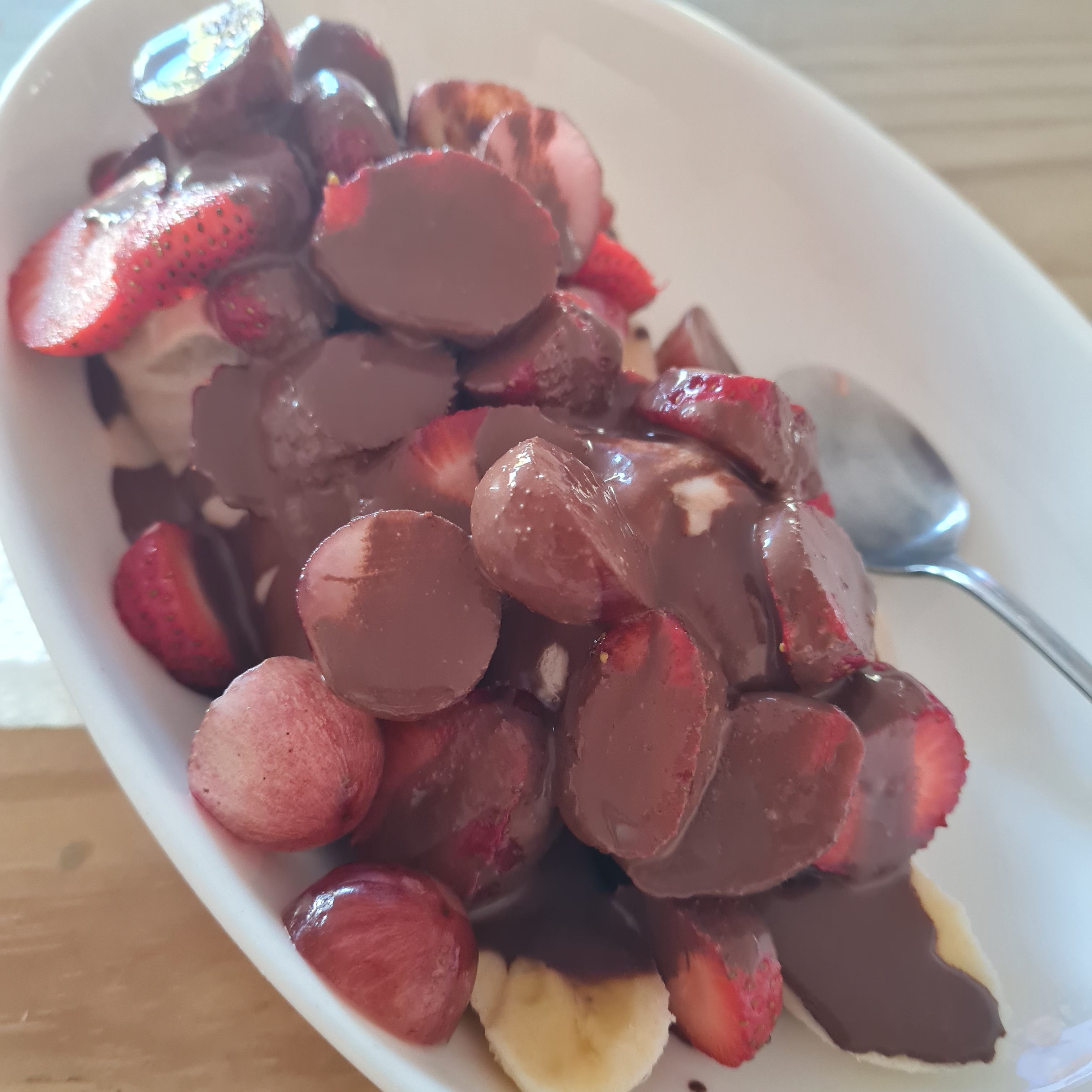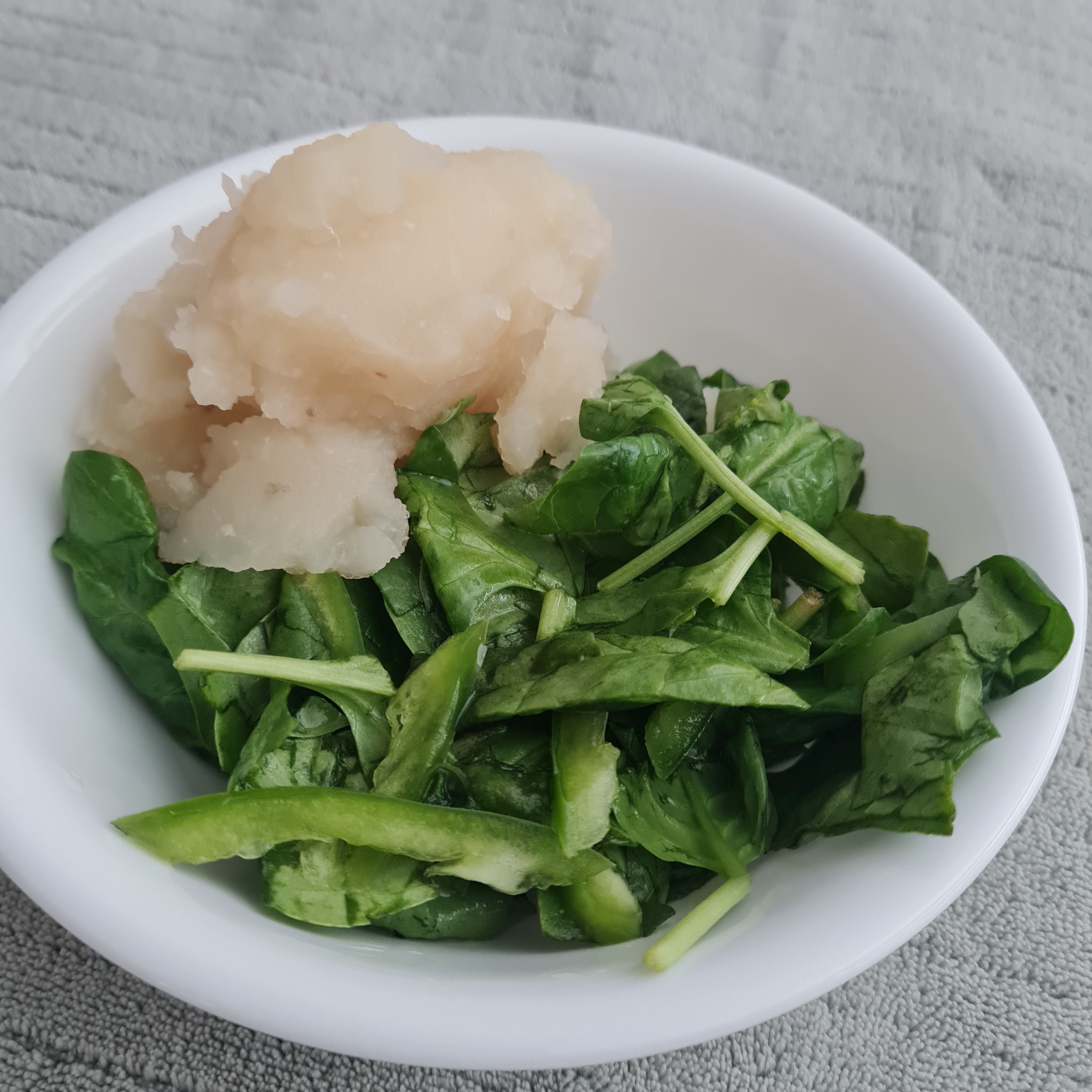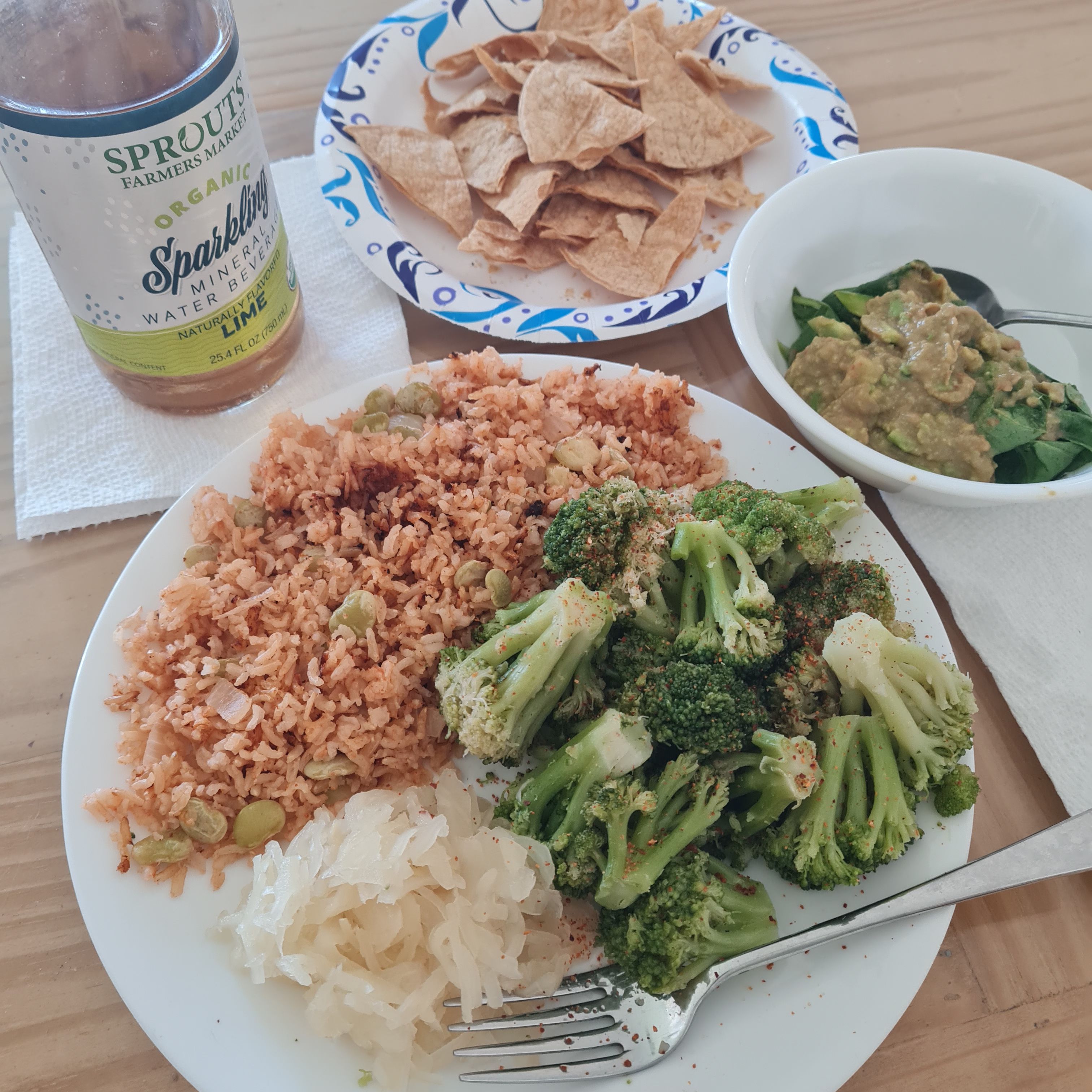
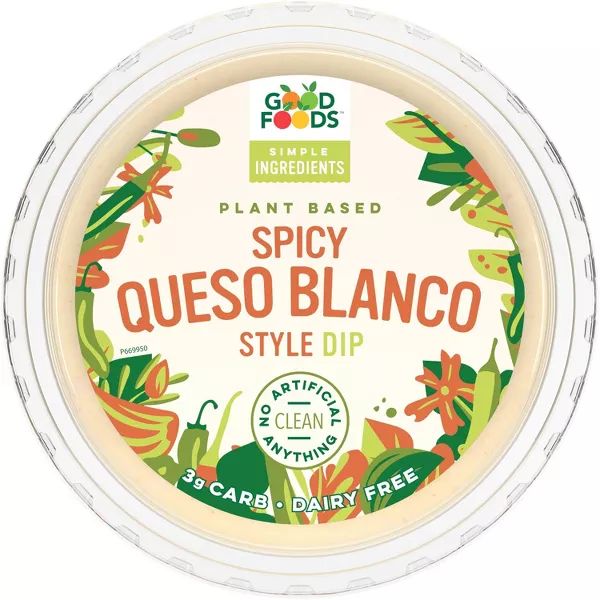
At some markets you can buy this natural vegan cheese sauce. Or you may make your own!
The store-bought brand has the following:
Yellow Ingredients:
cauliflower, red bell peppers, almonds, water, almond butter, apple cider vinegar, red onions, lemon juice, garlic, sea salt, nutritional yeast, chia protein, ground cumin, ground turmeric, cayenne pepper.
White Ingredients:
cauliflower, water, green chiles (green chile pepper, water, sea sat, citric acid), almonds, apple cider vinegar, jalapeno peppers, garlic, lime juice, cashew butter (dry roasted cashews), nutritional yeast, sea salt, chia protein, cayenne pepper, ground cumin.
Serving Size: 2 Tbsp
Serving Per Container: ABOUT 8
Amount Per Serving:
Calories: 45
% of Daily Value
Total Fat 2.5 to 3g 4%
Saturated Fat 0g 0%
Trans Fat 0g
Cholesterol 0mg 0%
Sodium 190mg 8%
Total Carbohydrate 3g 1%
Dietary Fiber 1g 4%
Sugars 1g
Added Sugars 0g 0%
Protein 2g
Potassium 2%
Vitamin D 0%
Calcium 2%
Iron 2%
